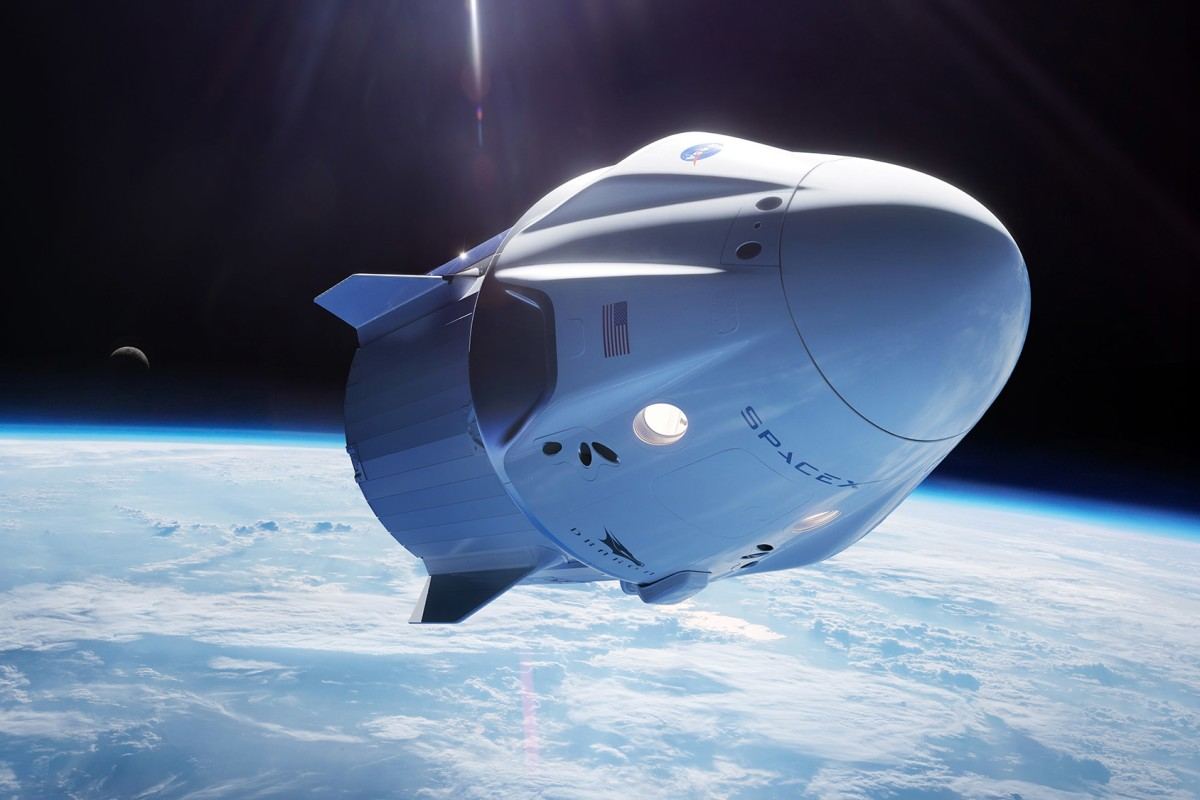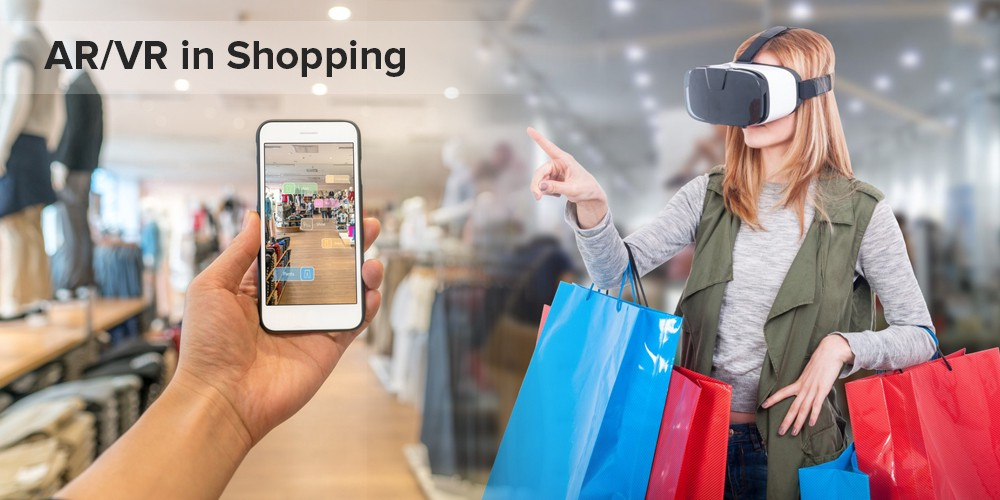The development of AI has been rapidly progressing over the years and its utilization to aid various fields have become more widespread. This is also the case for the space industry as various space agencies such as NASA find more and more practical uses for AI in which it can aid scientists in space exploration. The power of AI has already shown amazing promises in which it removed barriers that limited humanity’s capabilities to explore space. The efficiency in various complex space operations have been tremendously improved by AI solutions to an unimaginable degree. In some cases, activities and operations were completely automated by AI solutions when we compare it back to the Space Race Era. Here are a few examples of how AI has changed space operations. The built-in AI systems in satellites has helped optimizing various processes and analysis of data as well as contributing to collision prevention. Particularly the last part is very vital, as collision with other satellites and space debris is a rather common occurrence. The automation of the onboard systems along with collision detection can give the satellite an early warning to adjust its trajectory before crashing into a piece of space rock. Another example is its involvement in the Rover missions. The NASA rovers on Mars already have an AI system called AEGIS in which it would handle to camera targeting and analyze its environment. However, the next generation of AI’s can bring more to the table than the automation of simple tasks (Prosser & Rebolledo 2018; Van Loon, 2020).
The advantages regarding efficiency, process optimization and automation are well received benefits from AI. However, I think that AI could offer the most in space exploration as a cartographer of space. The universe as we know it, is immensely huge and there is no edge in sight. There is basically an immeasurable amount of space that would take eras to charter. However, the capabilities of AI aid in data collection and analysis of natural occurring phenomenon in space. It will not be a pipedream anymore to charter and catalogue big chunks of areas in our galaxy and potentially discover new planets and such (Fowler, 2020).
Bibliography
Fowler, G. (2020). AI’s Role In Space Exploration. Retrieved from: https://www.forbes.com/sites/forbesbusinessdevelopmentcouncil/2020/07/20/ais-role-in-space-exploration/#5f9c59567206
Prosser, M., & Rebolledo, J.D. (2018). AI Is Kicking Space Exploration Into Hyperdrive—Here’s How. Retrieved from: https://singularityhub.com/2018/10/07/ais-kicking-space-exploration-into-hyperdrive-heres-how/
Van Loon, R. (2020). How AI is Transforming Space Exploration. Retrieved from: https://www.linkedin.com/pulse/how-ai-transforming-space-exploration-ronald-van-loon


